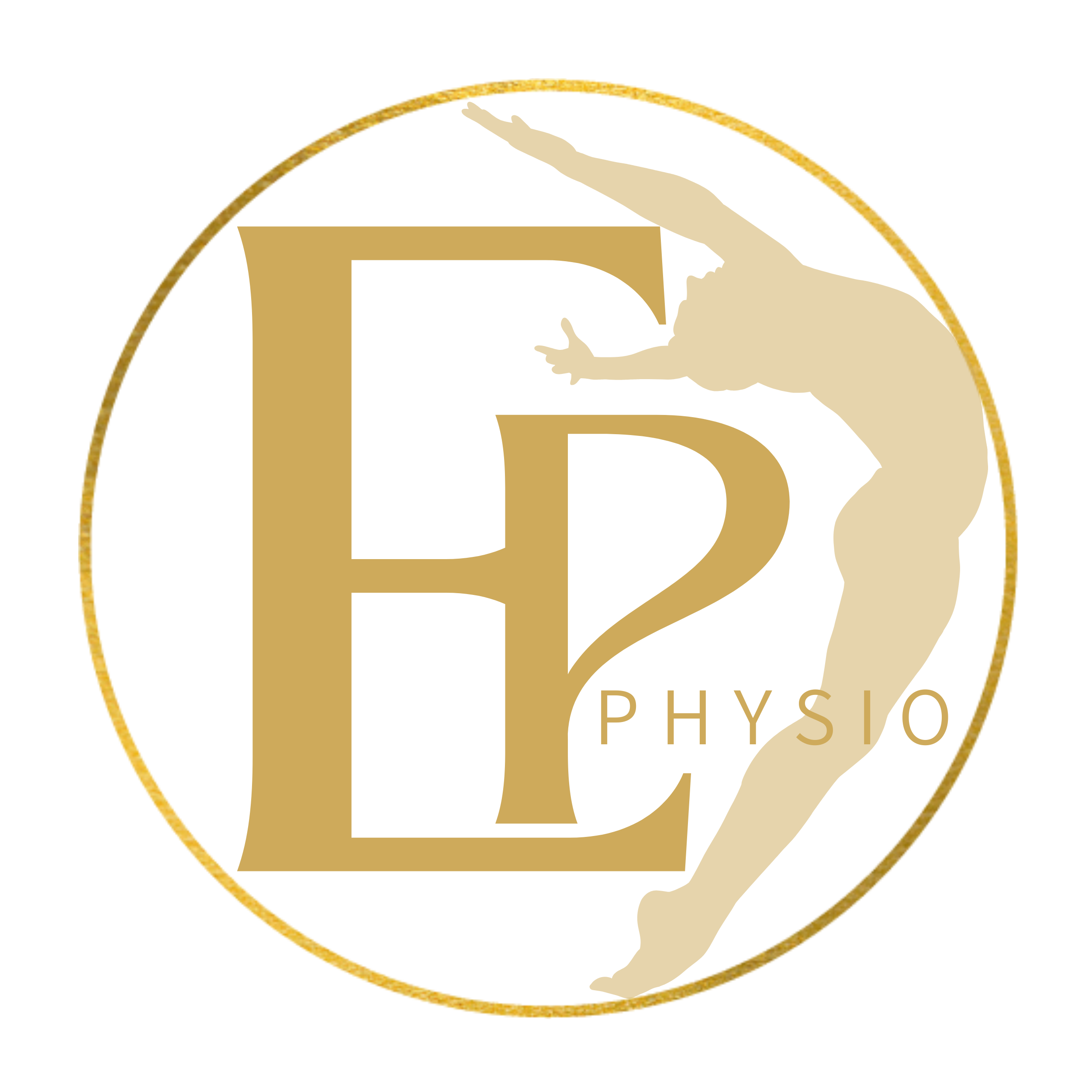
What is Laryngeal Manual Therapy (LMT)?
Ultimately, Laryngeal Manual Therapy (LMT) is a form of manual therapy aimed at mobilising the voice box or larynx and the surrounding tissues that control the movement of the larynx. It is a form of treatment used by professional voice users such as actors and singers to maintain freedom and range in their voices, but can also be used to help people suffering from muscle tension dysphonia, which is a vocal condition that can result in:
- Pain in the throat when using the voice
- Neck pain
- Lose of range in the voice
- A breathy or airy quality to the voice
- Hoarseness of the voice
- A sensation of something suck in the throat
What are the mechanics of the voice?
In a nutshell the vocal folds are housed in the thyroid cartilage, this cartilage is suspended within groups of muscles known as the infra hyoids and supra hyoids, these muscles attach to a floating bone called the hyoid bone. The hyoid bone is attached via a membrane and ligaments to the thyroid cartilage. This cartilage also sits upon the cricoid cartilage.


Within this anatomical structure we create voice, control tone, pitch and volume through movement if the thyroid cartilage either through elevation or depression, along with rotation or tilt of the thyroid cartilage. These movements allow the vocal folds to lengthen or shorten and also come together.
If there is any restriction within this complex it will impact upon the starting position of the thyroid cartilage, normally resulting in it sitting in a high or elevated position, this will minimise the movement especially into elevation and possibility the rotation/tilt, which can result in strain and changes to the voice, due to working hard or pushing to obtain the required or wanted vocal control.
LMT in more detail
Depending on what is identified following an initial assessment LMT is likely to involve a combination of soft tissue or muscle massaging techniques to the sternocleidomastoid, scalene muscles, tongue root and jaw. Along with manual mobilisation techniques that are focus upon restoring full movement and a neutral position to the thyroid cartilage. These techniques are aimed at ensuring that the muscles that control the voice both external and internal to the voice box an in an optimal condition to allow efficient voice use.
Alongside direct LMT treatment an experienced voice specialist will also concentrate on assesses your posture, as this can have a direct impact on neck position and subsequently how easy it is to use your voice. this may lead to advice or treatment techniques being utilised on muscles that impact upon pelvic position, spinal movement or shoulder position to help you manage and improve any symptoms in the long-term.

